

20 years ago, Venice pro Rick Massie was interviewed by a Socal surf/skate/snowboard/music magazine called KOR Magazine. KOR was one of those free mags that you found at most southern California surf and skate shops back in the late '90s. The mag has been dead for long time, but we found issue #3 in our storage. And while looking for stuff to post for Throwback Thursdays, the interview with a local Venice pro seems ideal, so here's the interview and photos from the 1-page spread:
Sean Planck So how did you get into surfing?
Rick Massie When I was (young). I used to just hang out down by the beach, because that's what all the Mexicans used to do (laughs). A couple of friends of my sisters and brothers used to surf, just messing around, so I tried it out, picked it up,and never gave it up. I just want to keep surfing.
SP How old were you?
RM Eleven.
SP That was in Venice, right?
RM Right
SP I was reading the write up the LA Times did on you. They portrayed you as kind of a "bad boy" of surfing. What's up with that?
RM I guess because I'm kind of an outcast in the surfing world. Nobody is like me. Nobody grew up with the lifestyle I did. People don't look at me as a surfer. Like when I go to a club or something, people I meet are like "You Surf!?"

Like last night I was at a Laker game. This guy who gave us the tickets, I think he works for GTE, he was telling my manager "Somebody hit me up to sponsor a Latino surfing contest. I didn't know Latinos surfed!" (Laughs) And I'm standing right there next to him! So my manager says "This is Rick Massie, professional surfer. He's Mexican." The guy says "Wow really? I never knew Mexicans can surf." I mean there are Mexican surfers on the scene, but nobody that grew up in the ghetto. nobody that grew up within the gangs. Not that I'm in a gang, but I've always been around it. But people look at me more as a gang member than a surfer.
SP Do you ever have any trouble with sponsors, being from Venice? Like they don't want that image?
RM Yeah. Nobody wants to push Venice. They don't like L.A. No surf company like L.A. L.A. has a bad rep. With the riots, and the gangs, and the drive-bys. So nobody wants anything to do with L.A., and they don't realize that L.A. is a very marketable place that can sell. But the big companies are looking for that blonde haired, blue eyed surfer from Orange County. And I'm far from that.
SP And who are you riding for now?
RM Right now I ride for these Japanese companies. Airtight, Ocean Gear, and my surfboard sponsor, Scott Anderson. But right now I'm looking to find a sponsor outside of surfing. Something different. Something like Tecate or something that's a Mexican type of thing. Surf companies like to market to themselves with that blonde haired blue eyed image. I'm not that. I'm far from anything like that. I don't want to be something i'm not. I don't want to be fake. I'll always be from Venice. I'll always be Mexican.
SP Where do you like to surf in California?
RM In California? Venice. (laughs) I just like surfing out front, just getting some waves. But really nowhere in particular. I just want to surf wherever there's waves, be with my friends, and have fun. That's one thing I like about Venice. You know everybody. If you don't, they ain't gonna paddle around you. (laughs) But it's cool like that. I like being right next to home, so I can just go home and shower afterwards without driving home.
SP What about the world?
RM My favorite surf spot in the world? I like Mexico. That's where I'm going next month.
SP Whereabouts?
RM Puerto Escondido, in Oaxaca. The waves are really good there. I've been there three times. Every time I've had good waves. I've been a lot of places, but I like Mexico best. I feel at home there. I feel comfortable. I know a lot of people down there. I know the language pretty much, so I feel comfortable down there.
SP How long have you been pro?
RM I turned pro when I was 18, so six years now.
SP Music?
RM Anything, really. From rap to rock. I even like some country. But you won't catch me with no cowboy hat on. (laughs) I got friends that are rap artist, like Kid Frost, and I got friends that are rock like Ponro for Pyros and those guys . It's cool when you know the people, cuz you really get to know the music.
SP Do you snowboard?
RM Yeah. Once in a while. i like it, but it hurts! It's not like falling on water. (laughs)
SP What about skating?
RM Yeah, I do a little skating now and then. I don't skate much anymore. I had a halfpipe in my backyard as a kid.
SP Any closing words of wisdom to up and coming surfers?
RM You can tell these kids everything, and they'll just do what they want. The message I got is be yourself. Don't be fake. There's so many little kids trying to copy pros' styles. Be an original, not an imitator.







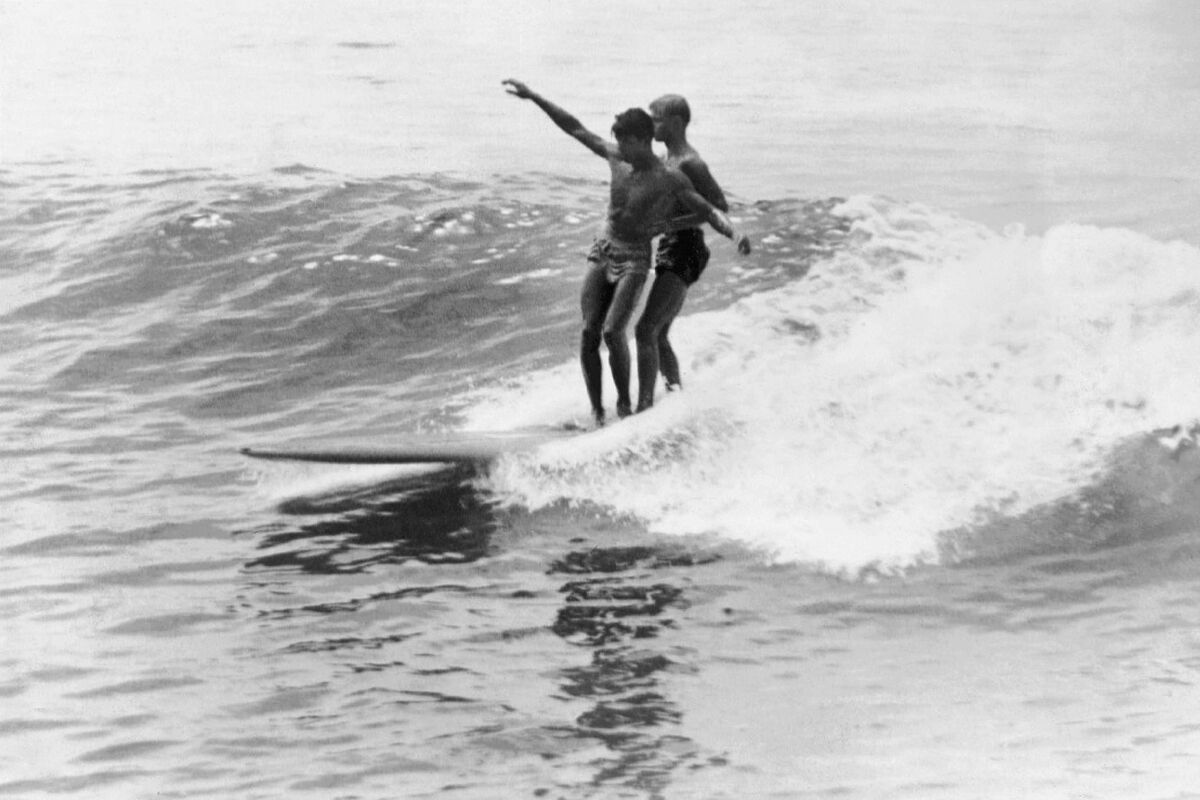







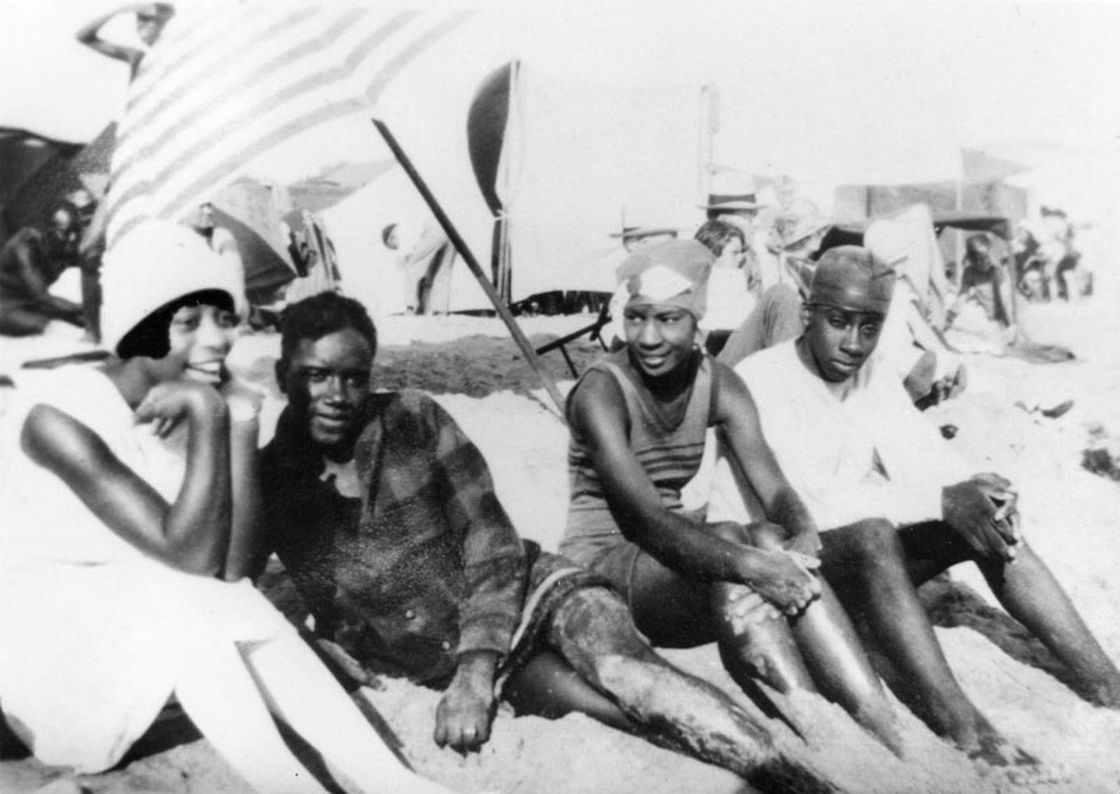
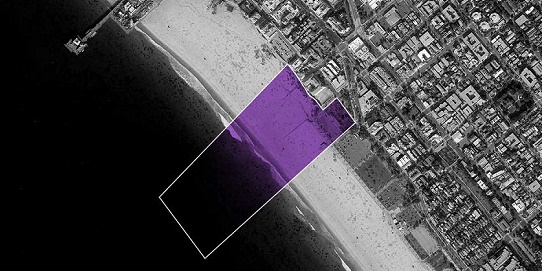






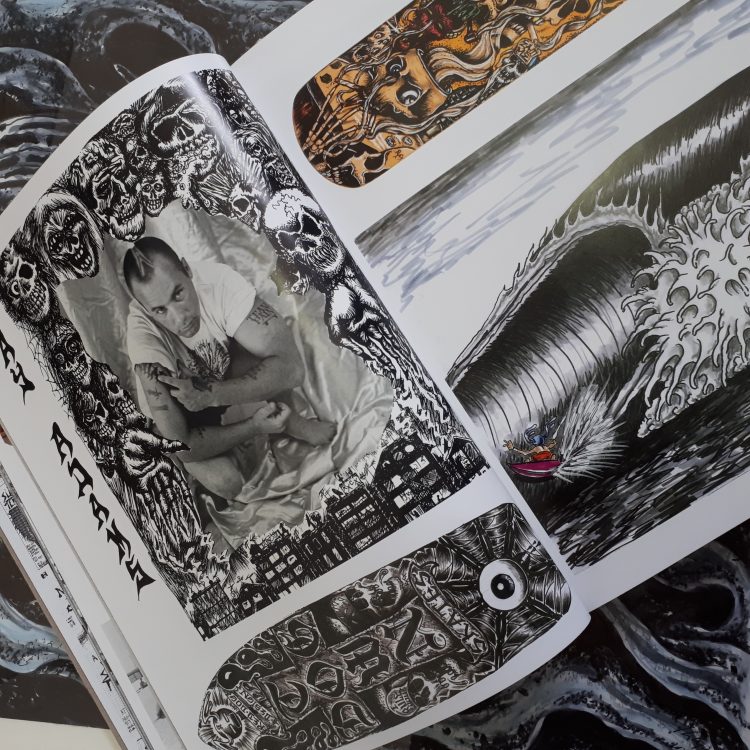
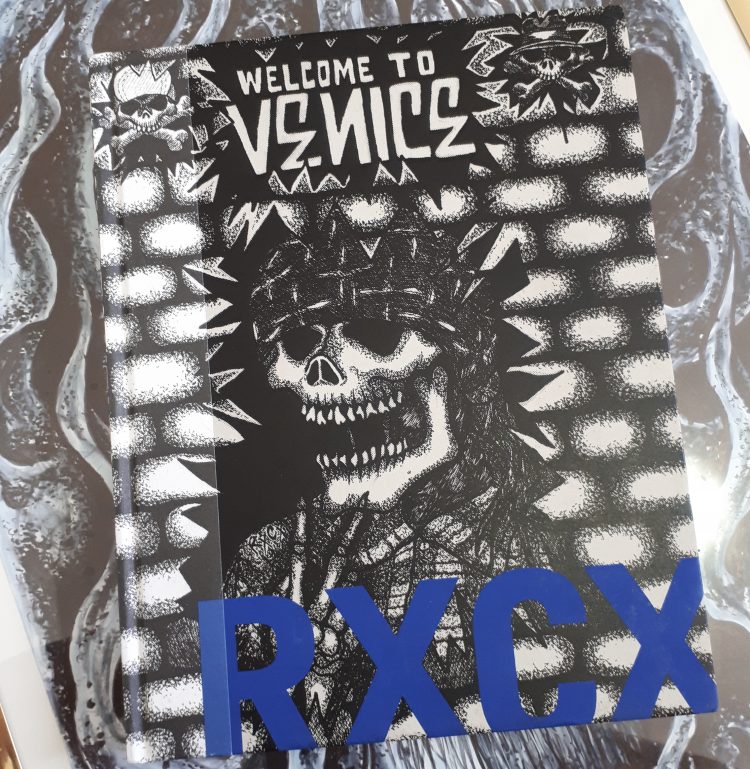
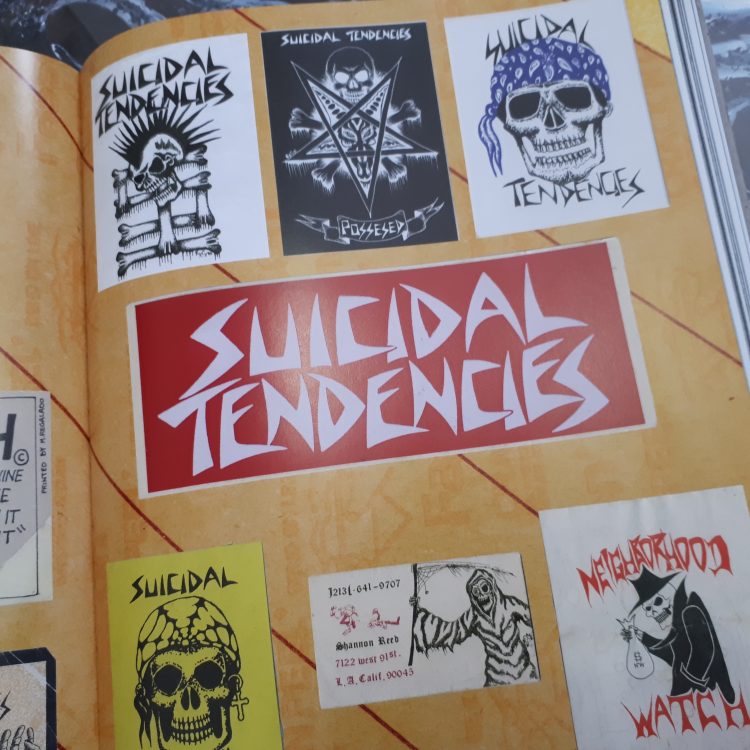
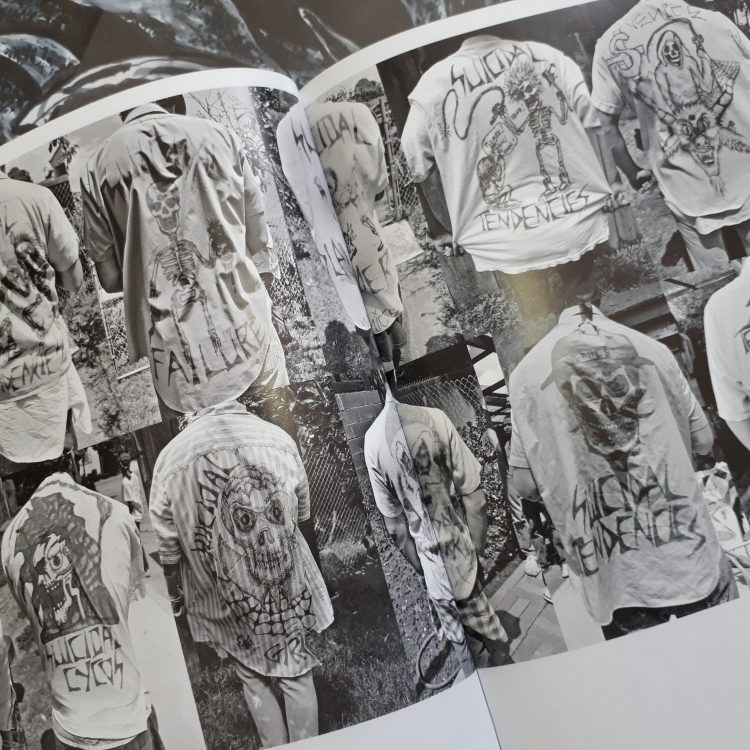
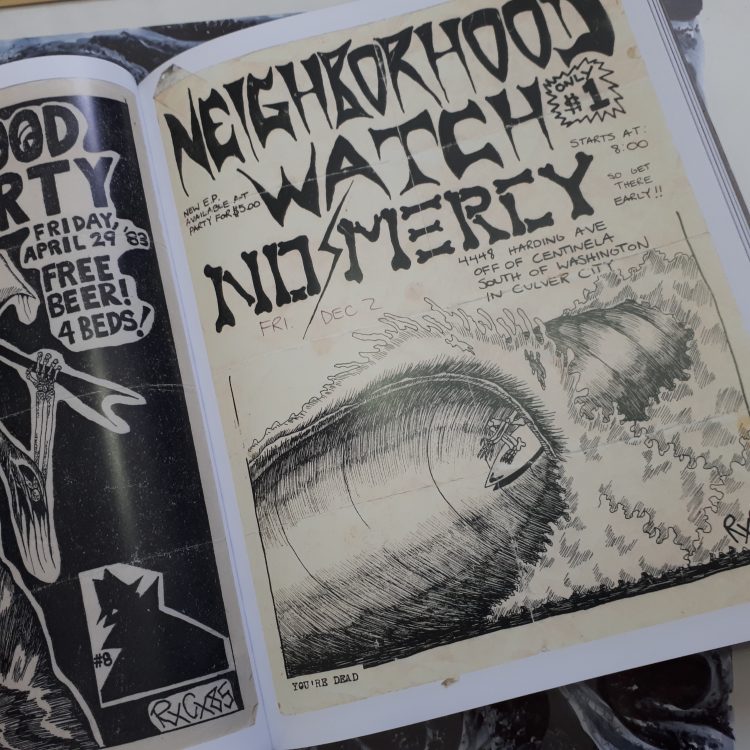
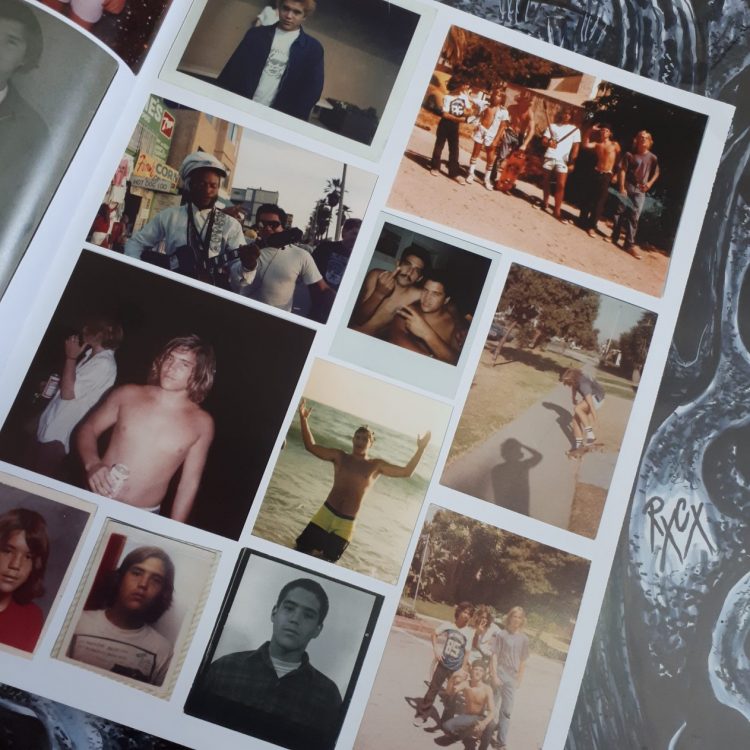























Social Buttons